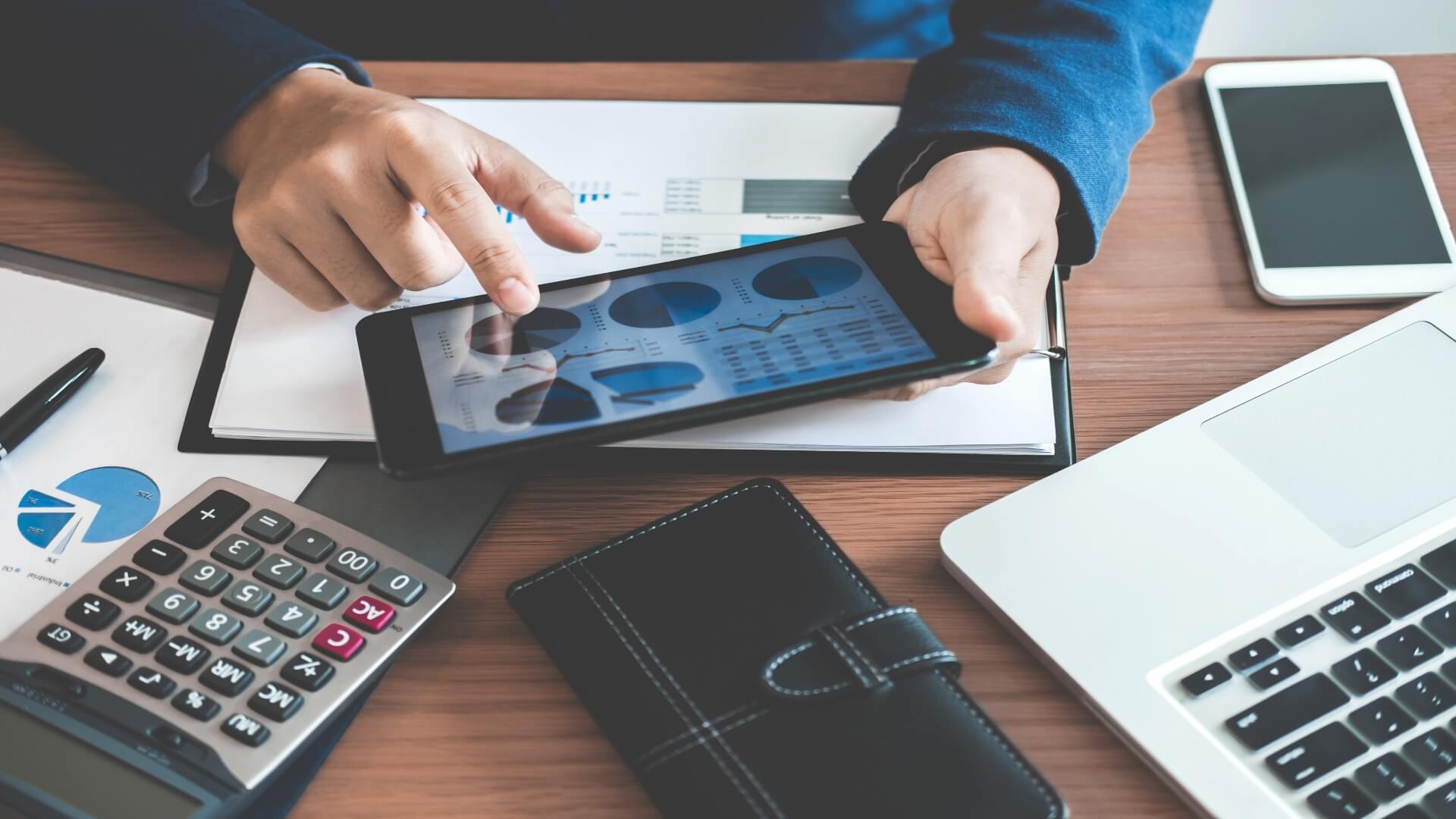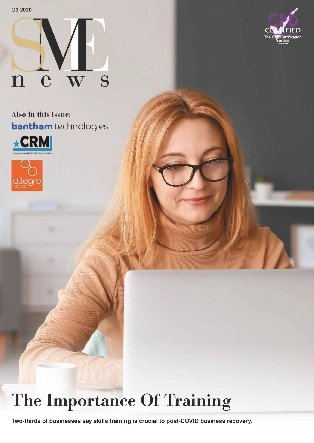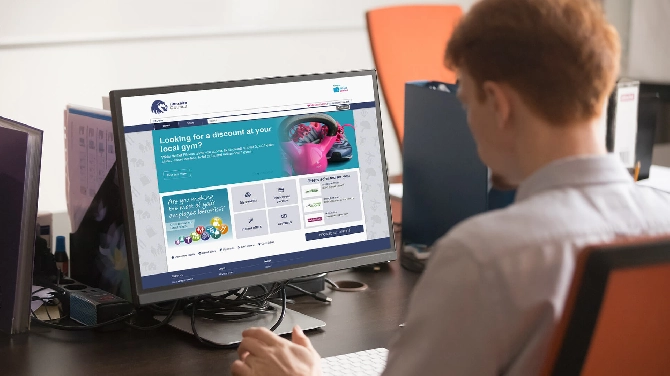If you’re a self-employed business owner or landlord, keeping up with tax changes will ensure that you don’t end up getting into trouble with HMRC. With the upcoming introduction of Making Tax Digital for Income Tax, also known as Making Tax Digital for Income Tax Self-Assessment (MTD for ITSA), getting up to speed with these changes is even more important.
In this helpful guide, you’ll learn all about the Making Tax Digital initiative and the latest MTD for Income Tax rules. By discovering who’ll be affected by these changes, you can get ahead and start preparing well in advance.
What Is Making Tax Digital?
Making tax digital (MTD) is a government initiative that aims to make the UK’s tax system simpler and more efficient through digitisation. According to the government, Making Tax Digital will “make it easier for individuals and businesses to get their tax right and keep on top of their affairs”, transforming HMRC into “one of the most digitally advanced tax administrations in the world”.
The first stage of the MTD initiative, called MTD for VAT, came into effect in 2019. MTD for VAT requires VAT-registered businesses to keep digital records and use MTD-compatible software to submit their VAT returns to HMRC. Initially, only businesses with an annual turnover of above £85,000 had to follow these rules, but MTD for VAT was expanded in April 2022 to cover all VAT-registered businesses.
What Is Making Tax Digital for Income Tax?
The next stage in the rollout of the MTD initiative is the introduction of Making Tax Digital for Income Tax in April 2024. Originally, MTD for Income Tax was supposed to be introduced in 2023, but this date was pushed back to give businesses more time to prepare due to the impact of the COVID-19 pandemic.
Currently, self-employed business owners and landlords pay income tax by filing a Self-Assessment tax return each year. This system will be replaced by MTD for Income Tax, which will require those currently using Self-Assessment to instead send quarterly updates about their business income and expenses to HMRC. In addition, they will have to keep digital financial records and submit an end-of-period statement (EOPS) and final declaration at the end of each tax year.
If you have multiple sources of income (e.g., you own a business and you’re also a landlord), you’ll need to file separate quarterly updates and EOPSs for each type of revenue. Your final declaration, which is submitted alongside your EOPS, replaces your Self-Assessment tax return and confirms or amends your quarterly updates.
Who Will Be Affected?
If you’re a self-employed business owner or landlord with a total gross income of over £10,000 annually, you’ll need to comply with MTD for Income Tax rules from April 2024. Therefore, if you have £6,000 of rental income and £6,000 of income from a separate business, you’ll be over this threshold even if your individual revenue streams are under £10,000.
General partnerships that only have individuals as partners will not have to comply with MTD for Income Tax until April 2025. Limited liability partnerships and partnerships with corporate partners will have to comply with these rules at a future date, which has not yet been confirmed.
Deadlines
For your EOPS and final declaration, the deadline is the same as your current Self-Assessment tax return deadline. Therefore, you’ll need to electronically submit your EOPS and final declaration to HMRC and pay your taxes by the 31st of January in the following tax year.
Naturally, the quarterly updates will be spread evenly throughout the year at 3-month intervals. The deadlines are as follows:
- 5th August
- 5th November
- 5th February
- 5th May
Exemptions
However, there are some possible exemptions from Making Tax Digital for Income Tax, so if you’re affected, you may not have to comply with these new rules from April 2024.
First of all, you need to have an income of over £10,000 per year from your business or rental properties. If you’re under this threshold, you won’t be affected by MTD for Income Tax.
Additionally, if you’re affected by digital exclusion, you may also be exempt from MTD for Income Tax. For example, if you cannot use digital tools to keep financial records and submit updates to HMRC due to age, disability or remoteness of location, you could fall under this category. If you think you would be unable to use MTD-compatible accounting software, speak to HMRC as soon as possible.
Finally, you may be exempt if you’re subject to an insolvency procedure or you hold beliefs (e.g., religious beliefs) that are incompatible with using electronic communications. Otherwise, if you don’t fit into any of these categories, you’ll be required to comply with Making Tax Digital rules.
Final Thoughts: Using MTD Software
To ensure that you’re ready for Making Tax Digital for Income Tax, it’s important to familiarise yourself with digital record-keeping as soon as possible. This will prevent you from struggling with tax software and potentially making errors on your official documents once MTD for Income Tax comes into effect in April 2024.
If you’re currently using spreadsheets to track your income and expenses, you’ll need to invest in bridging software or make the transition to accounting software to comply with MTD rules. Getting cloud-based accounting software well in advance could be a fantastic idea if you’re not used to using technology, as this will give you time to get used to keeping digital records.
In addition, MTD-compatible accounting software has so many amazing benefits, so making the switch isn’t only useful for getting ready for MTD for Income Tax. For example, with this software, you can generate invoices, easily store and organise receipts, reconcile bank statements, create financial reports and so much more.
Overall, investing in MTD-compatible accounting software is strongly recommended for all self-employed business owners and landlords as the MTD deadline approaches. This will give you plenty of time to get acquainted with digital record-keeping, and it’ll also make it much easier for you to keep track of your finances.







